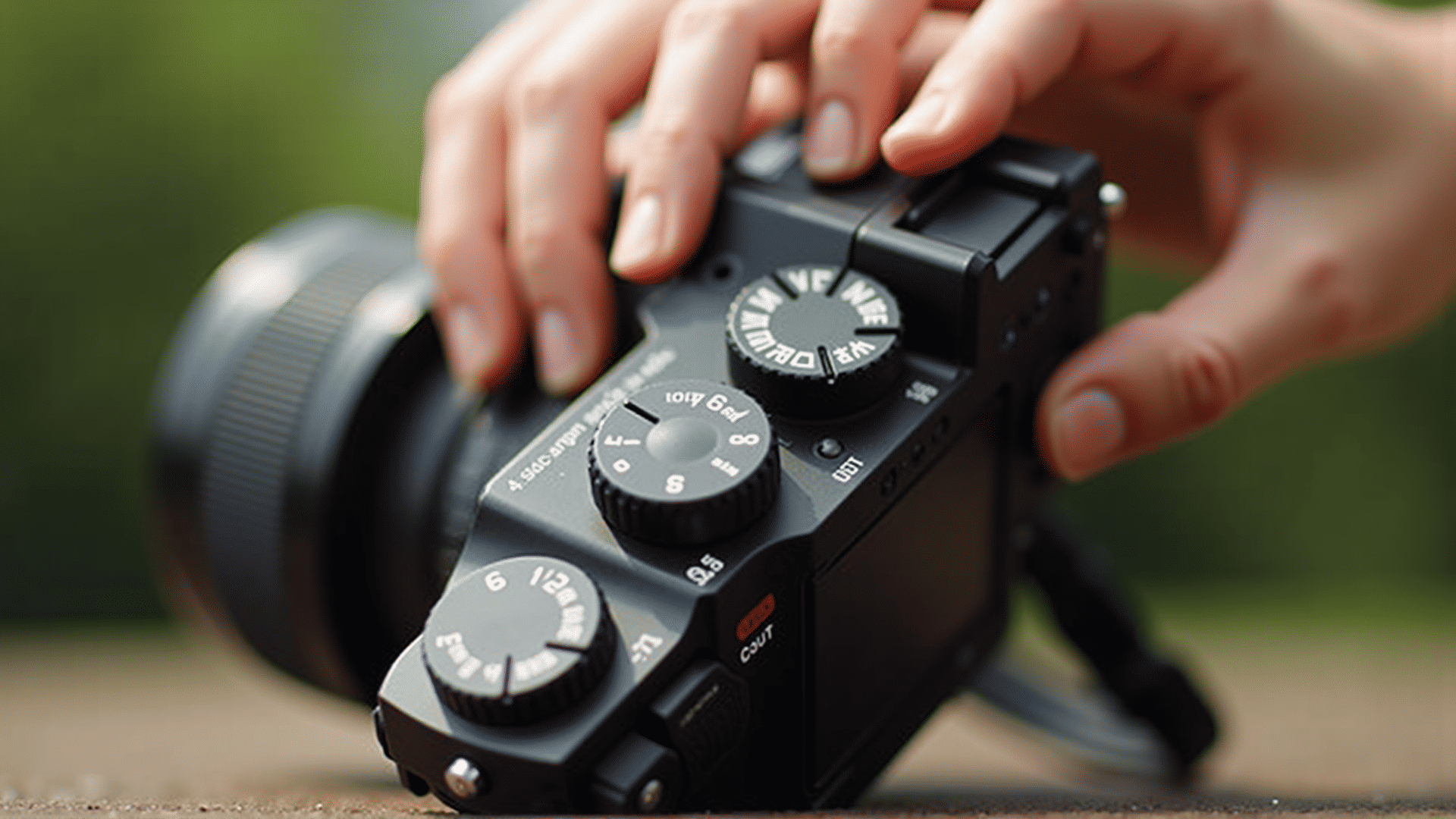Understanding the ins and outs of operating a camera is key to elevating your photography skills, whether you're a beginner or an experienced photographer. Mastering various camera techniques can transform your images from mere snapshots to stunning works of art. Here are some essential tips to help you operate your camera like a pro.
Understanding Exposure Triangle
One of the fundamental concepts in photography is the exposure triangle, which consists of aperture, shutter speed, and ISO. Balancing these three elements is crucial for achieving the right exposure:
-
Aperture controls the amount of light entering the lens. A larger aperture (smaller f-number) allows more light and creates a shallow depth of field, which is perfect for portraits. A smaller aperture (larger f-number) lets in less light and is ideal for landscapes.
-
Shutter Speed determines how long the camera's sensor is exposed to light. A fast shutter speed freezes motion, essential for action shots, while a slow shutter speed can create motion blur, adding a sense of movement to your images.
-
ISO measures the sensitivity of your camera sensor to light. A lower ISO is used in bright conditions for optimal quality, whereas a higher ISO is beneficial in low-light situations but may introduce noise.
Mastering Focus and Depth of Field
Achieving sharp focus is instrumental in capturing detailed images:
-
Manual Focus can be useful in situations where autofocus struggles, such as in low light or when shooting through obstacles. Practice using the focus ring on your lens to gain precision.
-
Depth of Field (DOF) is controlled by the aperture setting and dictates how much of the scene is in focus. Experiment with different apertures to see how they affect the DOF and guide the viewer's attention to the subject.
Composing Your Shots
Composition greatly impacts the aesthetic of a photograph. Implement these techniques to enhance your compositions:
-
Rule of Thirds: Imagine a grid dividing your image into nine equal parts. Place key elements along these lines or at their intersections to create balanced and engaging compositions.
-
Leading Lines guide the viewer's eye through an image. Use natural or man-made lines, such as roads or pathways, to add depth and perspective.
-
Framing involves using elements within the scene to create a "frame" around your subject, adding context and highlighting the main focal point.
Exploring Different Modes
Modern cameras offer multiple shooting modes. Understanding these can drastically improve your shooting experience:
-
Program Mode (P): Offers a mix of automatic and manual control, allowing you to adjust certain settings like ISO while the camera manages aperture and shutter speed.
-
Aperture Priority (Av/A) and Shutter Priority (Tv/S) modes let you control either the aperture or shutter speed, with the camera automatically adjusting the other for correct exposure.
-
Manual Mode (M) provides full control over all settings, enabling advanced photographers to fine-tune every aspect of exposure to suit their creative vision.
Using Light to Your Advantage
Lighting can make or break an image. Consider the following:
-
Golden Hour, the period shortly after sunrise or before sunset, offers soft, warm lighting ideal for photography. The low angle of the sun produces long shadows and highlights textures beautifully.
-
Backlighting can create dramatic effects by illuminating your subject from behind. This can result in silhouettes or an ethereal halo around the subject.
-
Artificial Light can be used to fill in shadows or create specific moods. Experiment with flash, reflectors, and continuous lights to control the lighting environment.
By embracing these camera techniques, you'll be well-equipped to capture compelling images across various scenarios. Remember, practice and experimentation are key to discovering your unique photographic style. Keep challenging yourself and enjoy the creative journey of photography!
